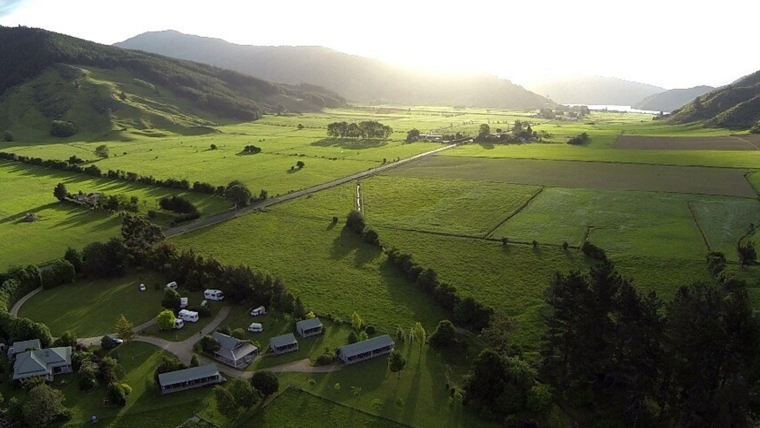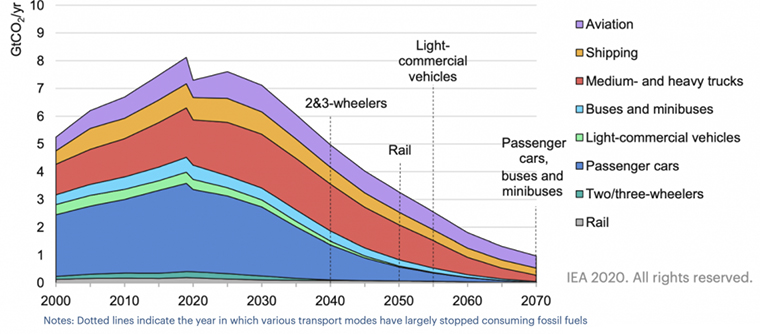
The Parliamentary Commissioner for the Environment (Simon Upton) has recently released his latest report. This time he has focussed on tourism and its impact upon largely the environment but also society.
One of the few benefits from the onset of the COVID-19 pandemic is the opportunity to do a reset of some aspects of New Zealand life and its economy, tourism and international tourism being a major part of this.
While all sectors within New Zealand have been affected by our tourist trade, the rural and smaller centres have worn a disproportionate impact. Some of these impacts have been welcomed and locations such as Queenstown have built their whole economy around the tourist trade.
Others, and Akaroa has been singled out, have found the impact overwhelming and while there have been benefits for many the costs have been too high.
At the heart of the report are the questions; do we have too many international tourists coming in? Are they paying enough to mitigate the impact of being here? And what can be done about it?
At the national level, one of the issues that increasingly raises its head is the question of the GHG emissions that are associated with the trade. At present international air travel gets a free pass, and so while Kiwis may not have to pick up the cost many would feel uncomfortable about the amount of CO2e that is spilt in tourists getting here (or indeed in us getting offshore).
The situation of not levying charges upon fuels of international flights goes as far back as 1944 (the Chicago Convention p22 of report), latterly the ICAO (International Civil Aviation Organization a committee of the UN) has been an impediment to getting a greater liability for CO2e from international flights but they have now come to an agreement to benchmark emissions from 2021 back to levels slightly above 2019 levels (lets not get too carried away here).
Why this is potentially important regarding tourism is that it will add additional costs to passengers which should increase fares and thereby reduce visitor numbers. However, the report has calculated that at $35 per tonne of CO2e (currently $39.40) fares should rise by $60 to the UK (or from there) and $6.00 to Australia.
When carbon increases to say $100 then it may really impact but currently there would be little change, especially as other flights elsewhere would also presumably increase costs.
Although the report highlights the using of taxes and levies as a means to reduce tourist visitors, ironically the report also shows that if visitor fees increased by 15% then 80% would still come and if increased by double then 50% would still come.
Another irony is that if the fees could be shown to benefit the environment and making New Zealand appear more sustainable then as a destination New Zealand becomes yet more attractive. Given that that increasing the costs of tourists coming to New Zealand may not get the numbers reduced the report then focuses on the environmental impacts.
The four recommendations to Parliament the report lays out are:
1. Introduce a departure tax that reflects the environmental cost of flying internationally from New Zealand, and use the revenue to support the development of low-emissions aviation technologies and provide a source of climate finance for Pacific Island nations.
2. Make any future central government funding for tourism infrastructure conditional on environmental criteria and aligned with mana whenua and the local community’s vision for tourism development.
3. Clarify and, where necessary, strengthen the tools the Department of Conservation can use to address the loss of wildness and natural quiet at some of Aotearoa’s most spectacular natural attractions. This includes tightening up rules around commercial activity on conservation lands and waters.
4. Strengthen the existing standard for self-contained freedom camping, improve oversight of the certifying process and require rental car agencies to play a greater role in collecting freedom camping infringement fees and fines.
The hiatus from the large numbers from overseas tourists has certainly provided the environment a breathing space and while the kiwi tourists’ driving habits may not be any better than our international counterparts, we do (or should) have a far greater commitment and connectedness to our country and appreciate that a sustainable approach benefits us all. Anyway, we are here and there is no getting rid of us.
The question is then how many tourists are too many?
For every group that wants to see a reduction there is likely to be another which is quite happy to get back to the numbers flowing through before the lock-downs. So, agreement on that needs to be a critical first step.
A departure tax (agreed as the simplest way to extract money from tourists) would need to be set at a considerable level to make an impact upon the inflow of tourists or at the very least provide a meaningful contribution to help mitigate the impact. All the other recommendations on funding DoC, empowering and funding Councils etc etc are all helpful but really just the icing on the cake. Given that there is hardly a person in the country who does not receive some benefit or impact from our tourist trade I suspect that getting agreement will not be easy. However, there is no better time to discuss a policy than now and then to implement one before the world picks up its travel case and starts filling the airways again.
Regarding the CO2e emissions from international air travel, approximately 2% of total emissions come from international flights. However New Zealand’s share is likely to be up nearer 4% due to our distance from destinations.
An interesting graph I came across is below. It is an international one but shows that even farmers need to start thinking about what their new EV is going to be in the next year or two.
Global CO2 emissions from transport in the IEA’s Sustainable Development Scenario to 2070

4 Comments
General Motors 100% electric by 2035, Ford all European cars electric by 2030, Jaguar all cars electric by 2025 etc etc These aren't corner store businesses. Its happening no matter what we think.
Charge a decent fee on all tourists and put it all into protecting and enhancing the environment. Limit the number of tourists - create scarcity. I was told the other day over 40 million Chinese want to visit NZ.
Lets be proud of what we have and what we could have and do it for a better future for everyone - less pollution, less crowds etc etc.
1 isn't like for like.
2 is a fudge; means nothing
3 That horse has already taken an ultimate hike
4 sure thing
And the only problem with that graph, is that it spells the end of growth-underwritten economics. The only question from that, is: When will the penny drop? That is when the penny will drop.
I would note rail's low emissions. We need to increase the number of passenger trians, and invest to make them time competitive with cars at least.
Maybe the glut of cruise vehicles will turn into pasenger liners , at least one per international route , to give those that want a low emission way to get to NZ.




We welcome your comments below. If you are not already registered, please register to comment.
Remember we welcome robust, respectful and insightful debate. We don't welcome abusive or defamatory comments and will de-register those repeatedly making such comments. Our current comment policy is here.